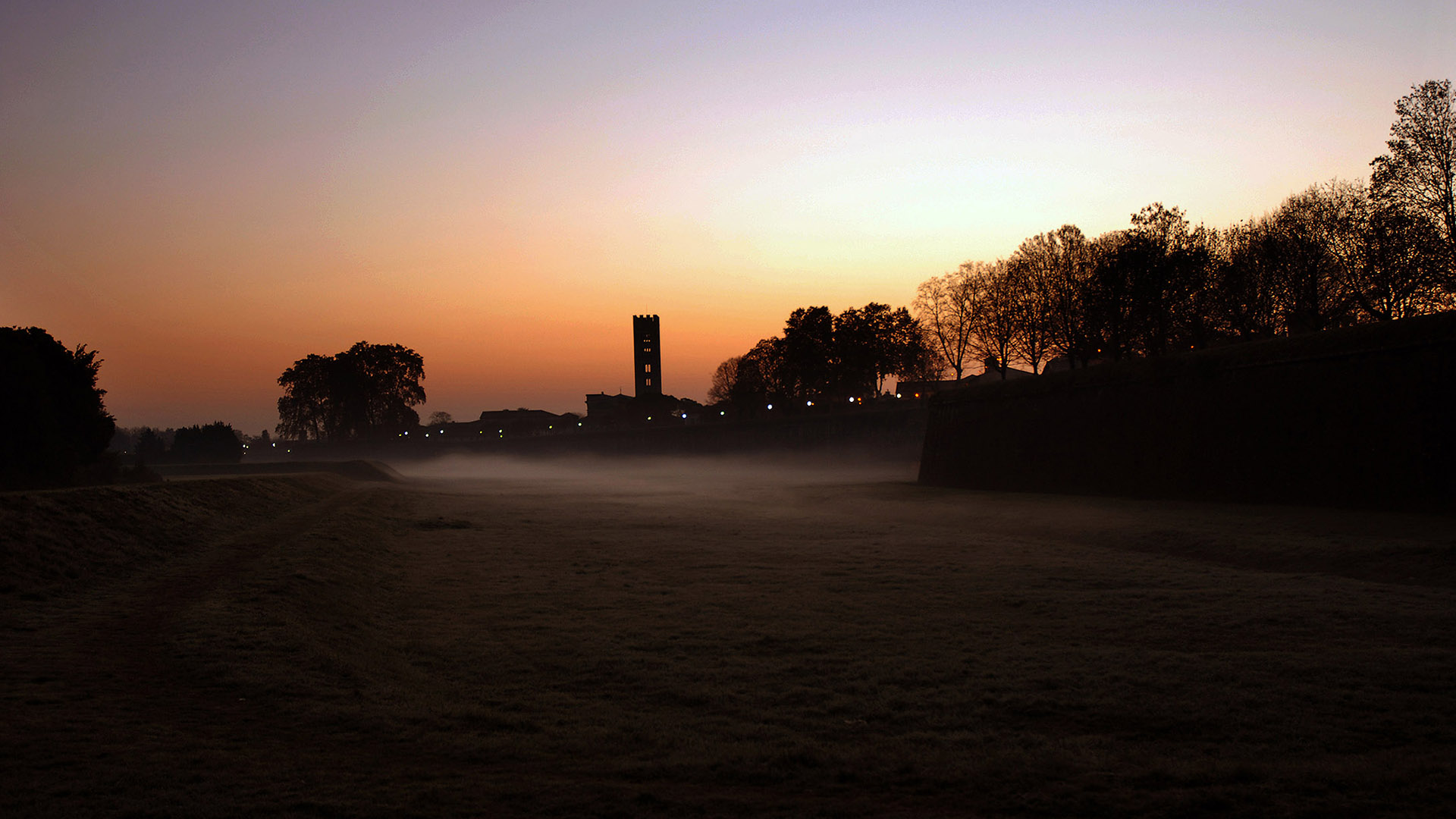The Museum and Archaeological Complex of the Cathedral of Lucca is developed in three different areas of great historical significance for the city.

CONTACTS
ADDRESS: Piazza San Giovanni e Piazza San Martino, Lucca
TEL: (+39) 0583 490530
E-MAIL: info@museocattedralelucca.i
The Museum and Archaeological Complex of the Cathedral of Lucca is developed in three different areas of great historical significance for the city.
The Cathedral of San Martino (St. Martin's Cathedral), center of Lucca spirituality, was founded in the 6th century and became a cathedral in the 8th century, in place of the ancient church of Saints John and Reparata. The bell tower, equipped with 7 bells, rises with its 60 meters height.
The Cathedral holds inside masterpieces of art and beauty: the famous funeral monument of Ilaria del Carretto sculpted by Jacopo della Quercia, Tintoretto's Last Supper, Ghirlandaio's Holy Conversation, the altarpiece depicting the Madonna and Child by Fra Bartolomeo and the most precious and revered treasure: the Volto Santo (the Holy Face), the oldest wooden crucifix in the West that has come to the present day.
The Cathedral Museum houses the cathedral's rich artistic heritage. The place, chosen to house the valuable collection of works, is a complex of several historic buildings, including a 13th century tower house and the 16th century Oratory of San Giuseppe (St. Joseph's Oratory).
In the rooms, it is possible to admire ancient choir books and illuminated manuscripts, the precious jewels of the Volto Santo, made of gold, diamonds and precious stones, the ivory diptych of Areobindus who was consul in Constantinople in 506 A.D., the thirteenth century reliquary made of Limoges' enamels, the painted leather case dating to the late fourteenth century, the large statue of the Apostle by Jacopo della Quercia and the Pisani's Cross, a masterpiece belonging to the fifteenth century's jewellery.
The monumental and archaeological complex of the Church of San Giovanni e Reparata (Sts. John and Reparata) ideally traces the history of Lucca from its Roman foundation to the Middle Ages. Adjacent to the Romanesque church, completed in 1187, there is the large Baptistery with its monumental late 14th century vault. An interesting archaeological area opens below, to be visited walking on long metal walkways that cross it. This hidden space protects the evidence of the city's long past, the remains of a Roman Domus (Domus Romana) with its characteristic mosaic floor, the ancient structures of the first cathedral and baptistery dating back to the late antiquity (4th century), Lombard burials from the 6th century and the 9th century crypt.
